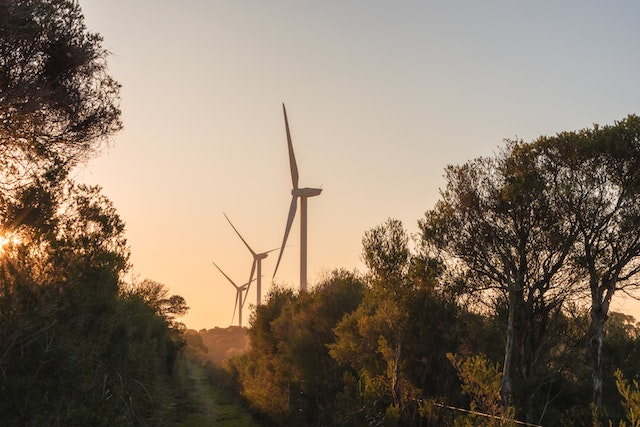In the face of increasing environmental concerns and the growing demand for cleaner, more sustainable energy sources, renewable resources have come to the forefront of global conversations. Unlike non-renewable resources, such as coal, oil, and natural gas, renewable resources can be replenished naturally over time and have a lesser environmental impact. Here, we provide 10 examples of renewable resources that hold the key to a sustainable future.
Table of Contents
1. Solar Energy
One of the most recognized renewable resources, solar energy, harnesses the sun’s power. Solar panels convert sunlight into electricity through photovoltaic cells, providing a clean, abundant, and inexhaustible energy source. With the sun’s daily consistent presence, this resource is available worldwide, offering huge potential for power generation.
2. Wind Energy
Wind turbines transform kinetic energy from the wind into mechanical or electrical energy that can be used for power. Wind farms are often located in rural or offshore areas where wind speeds are high. They produce no pollutants or greenhouse gases and can generate significant electricity.
3. Hydropower
Hydropower, or water power, involves harnessing the energy generated by flowing or falling water. This renewable resource is often utilized in large-scale hydroelectric dams or smaller run-of-the-river systems, converting kinetic energy into electrical energy.
4. Geothermal Energy
This refers to the heat energy stored beneath the Earth’s crust. Geothermal power plants utilize this energy by drilling deep wells to produce steam and hot water to generate electricity or heat buildings. It’s a reliable and constant energy source with a minimal ecological footprint.
5. Tidal Energy
Tides, driven by the gravitational interaction between the Earth and the Moon, represent an abundant and predictable energy source. Tidal power plants transform the energy from tidal flows into electricity, offering another form of clean, renewable energy.
6. Biomass Energy
Biomass is organic material from plants and animals that contains stored energy from the sun. It can be burned to produce heat or converted into biofuels, such as ethanol and biodiesel, which can power vehicles. Biomass represents a renewable and carbon-neutral energy source, contributing to a circular economy.
7. Biofuel
Biofuels, a subset of biomass, are derived from organic matter, including crops like corn and sugarcane, as well as waste materials. These fuels can be an alternative to non-renewable fossil fuels, reducing greenhouse gas emissions and promoting energy independence.
8. Wave Energy
Like tidal energy, wave energy captures the power of ocean surface waves to generate electricity. While still in the early stages of commercial application, wave energy holds significant potential due to the vastness and predictability of ocean waves.
9. Hydrogen Gas
Although not naturally occurring in its usable form, hydrogen can be extracted from water, natural gas, and biomass, making it a renewable resource. As the most abundant element in the universe, hydrogen gas holds significant potential as a clean, energy-dense fuel for transportation and electricity generation.
10. Waste-to-Energy
Municipal solid waste, agricultural waste, and industrial by-products can be converted into heat and electricity in waste-to-energy plants, making trash a renewable resource. This process significantly reduces landfill mass and produces clean energy, thus driving a sustainable, circular economy.

Conclusion
10 examples of renewable resources present many opportunities for transitioning towards a more sustainable, low-carbon future. By investing in renewable technologies and improving their efficiency, we can ensure energy security, combat climate change, and foster sustainable development worldwide.
